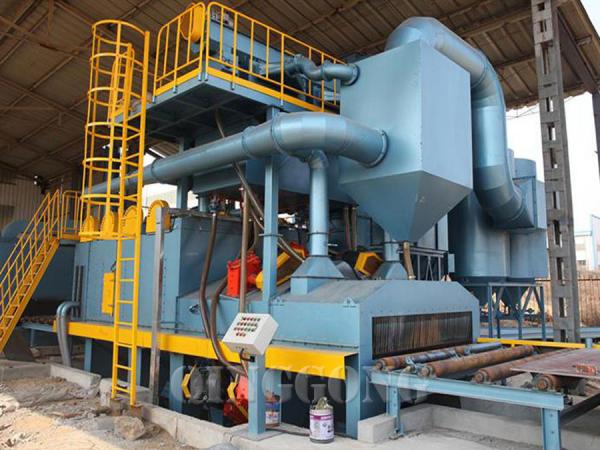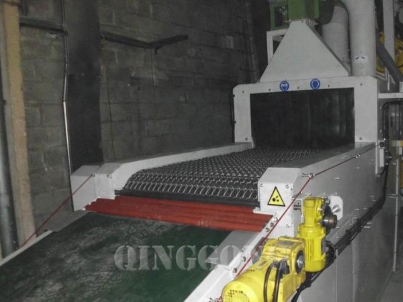Metal abrasives, such as cast iron sand and cast steel sand, can be reused because they have long service life and low crushing rate.
How to choose the type of sandblasting abrasives?
Metal abrasives, such as cast iron sand and cast steel sand, have long service life, low crushing rate and can be reused. They are mostly used in sandblasting operation of large-scale steel products, but the abrasives are not suitable for the sandblasting treatment of copper, aluminum, magnesium and other materials, because they are easy to produce rust pollution problems. Non-metallic abrasives include alumina, silicon carbide, quartz sand, river sand, slag, pumice stone, garnet, etc., especially brown corundum sand, which has hard texture, low crushing rate, high sandblasting efficiency, high quality, no pollution to the surface of the matrix, no silica dust harm and moderate price, is a commonly used sandblasting abrasive. Although the hardness of silicon carbide sand is very high, it has strong embedding ability and high crushing rate, so it is seldom used. High quality quartz sand and river sand can also be used in on-site large-scale sandblasting operations that cannot be recovered.
How to choose the grain size of sandblasting abrasives
To choose the best abrasive for sandblasting, you should also take the following factor in consideration. The choice of abrasive grain size mainly depends on the required surface roughness, as well as the abrasive hardness, coating thickness and air pressure for sandblasting. The grain size range of sandblasting abrasives used in practice is generally divided into three grades: coarse sand (0.6mm to 2.0mm, - 14 mesh to + 30 mesh), medium coarse sand (0.425mm to 1.4mm, - 14 mesh to 10 mesh), fine sand (0.8mm to 0.6mm, - 30 mesh to + 80 mesh). When the required coating thickness is more than 0.25 mm, it is recommended to use coarse sand to improve the surface roughness of the matrix and obtain the best bonding performance; when the coating thickness is less than 0.25 mm and the surface roughness of the substrate is required to be relatively uniform, the medium coarse sand should be used to achieve satisfactory bonding strength; and when the thickness of the coating is less than 0.25 mm, and the coating is used in the spraying state (without post processing), that is, the surface of the sprayed coating is required to be uniform and smooth, it is suitable to choose fine for sandblasting. In fine sand sandblasting, the number of abrasives impacting the substrate surface per unit time and per unit area and the contact area are both large, so the sandblasting efficiency is high, but the surface roughness is small; on the contrary, the surface roughness increases when the grain size is large and the sandblasting efficiency is low.
For various metal matrix, the recommended abrasive grain size is 0.25 mm to 1.18 mm (- 16 mesh to + 60 mesh); for most plastic matrix, 0.15 mm to 0.25 mm (- 60 mesh to + 100 mesh) abrasive is recommended; for thin coating, especially thin matrix, fine-grained abrasive should be used, with the grain size range of 0.125 mm to 0.71 mm (- 25 mesh to + 120 mesh); for thick coating with the thickness greater than 0.25 mm, or in order to obtain good bonding strength, coarse abrasives should be used with the grain size range of 0.71 mm to 1.00 mm (- 25 mesh to + 18 mesh) to produce a rougher surface.
 EN
EN
 fr
fr  de
de  es
es  it
it  ru
ru  pt
pt  ar
ar  th
th  pl
pl  ro
ro 

